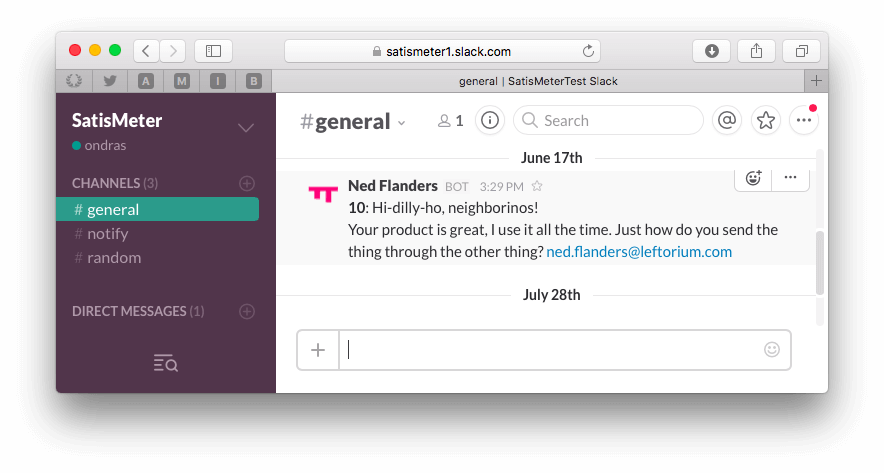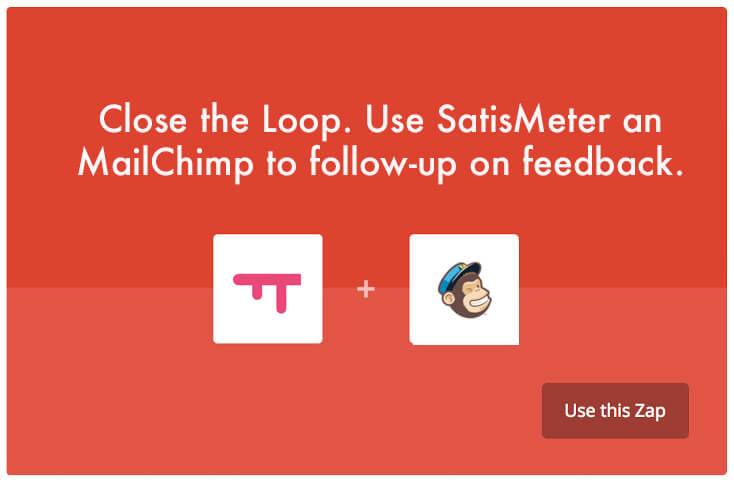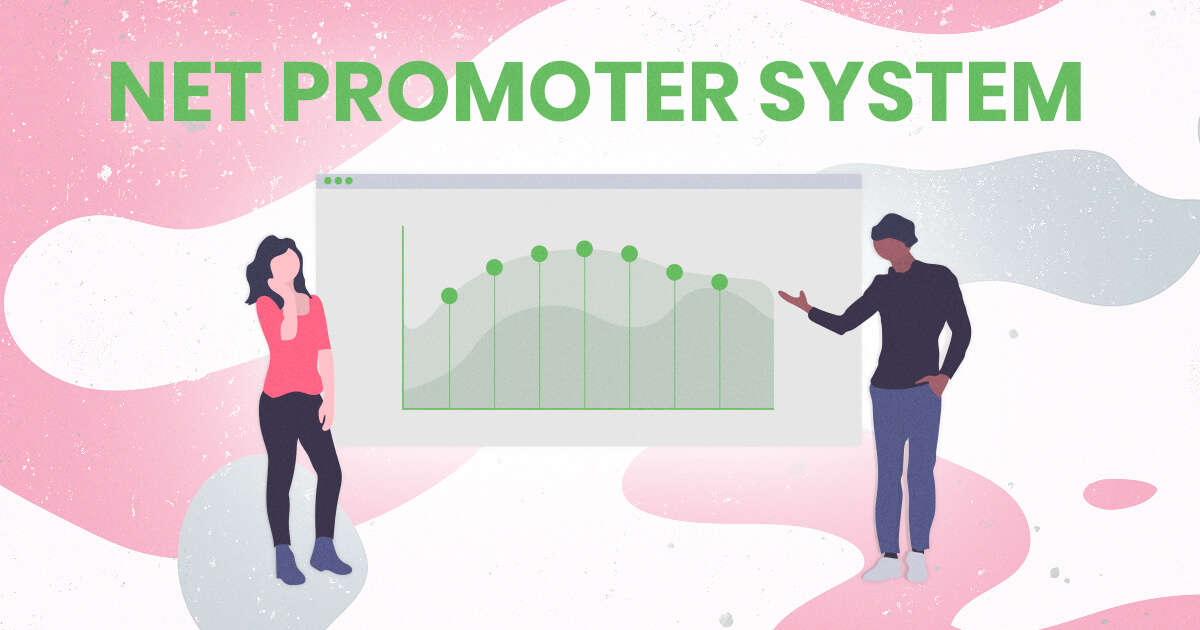We are thrilled that our customers choose to use NPS as a gauge for how their business is doing. In fact, we’re so accustomed to thinking about NPS as part of what we do, we sometimes forget that those three letters can refer to two different things.
Score or System?
While many regularly use NPS to refer to the Net Promoter Score only, we try not to forget that above all it stands for the Net Promoter System.
The distinction here is a seriously important one.
We constantly remind our customers (and anyone using NPS) that it’s about the system not the score. Merely measuring a number from minus to plus 100 is not very helpful. Sure, if the number’s high, you can give yourself a pat on the back, if it’s low you might be upset. But how does that help your business, your product, or your customers?
If you want to get started measuring for yourself, take a look first at our NPS best practices.
Create your SatisMeter account now
A Number — What is it Good for?

Create your SatisMeter account now
Plenty — if handled right.
Your Net Promoter Score on its own can be genuinely useful. But, rather than a single number, it should be assessed as a progression over time. If you regularly measure your NPS score, tracking increases and decreases can be meaningful. More so if changes are taken within the context of product development, market changes, etc.
For example, if your product and service are unaltered, but a drop in NPS coincides with a cheaper competitor’s marketing push, you might want to consider offering discounts. While tracking your score this way can provide a wealth of genuinely useful information, taking advantage of the entire Net Promoter System is far more beneficial.
What we stress to our customers as often as possible is this: the numbers alone are not that important.
While we love to see the Net Promoter Scores of our clients grow over time and think the high response rates they achieve are great, at the end of the day this is not what changes businesses. The most important thing we can tell anyone using NPS is to work with every response.
Working with Every Response
This means a number of things practically speaking. For starters, rather than simply looking at your overall score, you should be analyzing the range of responses. What is the composition of promoters, passives, and detractors? Are there clear patterns in feedback throughout the customer life-cycle? Are your detractors particularly likely to leave verbal feedback?
By asking these kinds of questions and using all of the data collected by your NPS campaign you can get a far clearer idea of how your customers feel, and why. Knowing this will do far more for your business than worrying about how high or low your score is.
When we say work with every response, we also mean your whole business should be working with it. While it’s great to have a dedicated customer success team, far better is to make your NPS data accessible to everyone. An integrated service like Slack can make this super easy, and deliver information in a way that doesn’t interrupt anyone’s workflow.
For your development team, working with the information should mean actively assessing suggestions left in verbal feedback, and acting on them. When a customer makes a request which is easily achievable, don’t store it away for future reference — make a change. With constant NPS data coming in, any bugs or issues resulting from adjustments can be identified quickly.

Closing the Loop
Perhaps most important is what we call “closing the loop”.
This means that ideally, every NPS interaction should be two-way. After hearing from a customer you should get back in touch. In the case of promoters, this is a chance to thank them, acknowledge any suggestions they left, and generally let them know they are appreciated. You might even use the opportunity to encourage shares on social media.
Detractors should be thanked for their honesty, and reassured that everything possible is being done to resolve their issues.
Often enough resolving problems for unhappy customers simply means teaching them to use your service properly — you can be sure they’ll appreciate the personal help. The simple act of reaching out to customers assures them that that they matter to your business — and can be the first step in healing a bad relationship.
A low rating is a customer’s way of telling you they are unhappy, but by using the Net Promoter System you can let them know you are listening. Studies show that left to their own devices, around 50% of detractors will churn within only 90 days. By resolving their problems you can keep your existing customers, and eventually turn them into promoters.
When using SatisMeter in-app, you even have the option to respond immediately with live chat via Intercom integration. Depending on your business, you might choose to follow up via e-mail (which can be automated, again using various integrations), or even telephone. How you get in touch isn’t important, what matters is that your customers know you’ve heard them.
Zapier can also help you automate the process to make things go a little faster. In minutes you can create a connection between your NPS and almost any e-mail or messaging platform. You can set up dedicated communication with Detractors, Passives, or Promoters.

In our opinion, the true value of NPS lies in its ability to start conversations. Numbers over time are helpful, and looking closely at the context of feedback responses can do wonders for your business — we use Net Promoter because it does these things fantastically. But, at the end of the day, there’s not much more important than communicating with your customers, which is what we’re here to help with.



